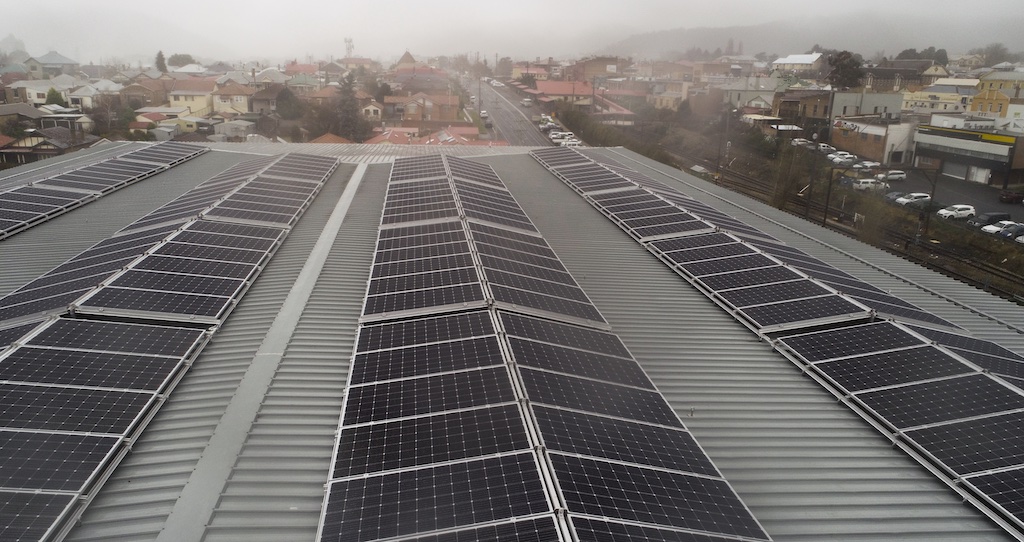Meeting Environmental, Social and Corporate Governance (ESG) goals is at the forefront of investor and consumer priorities. Industrial buildings have an opportunity to meet ESG goals through adopting rooftop solar, saving energy and reducing carbon emissions.
A 2019 McKinsey Report said of ESG: “Global sustainable investment now tops $30 trillion—up 68 percent since 2014 and tenfold since 2004. The acceleration has been driven by heightened social, governmental, and consumer attention on the broader impact of corporations, as well as by the investors and executives who realize that a strong ESG proposition can safeguard a company’s long-term success.”
In Australia, owners of industrial buildings must be prepared to adapt to climate change and meet the changing public perception towards business and corporate responsibility.
Billions of dollars of industrial buildings risk becoming ‘stranded assets’, according to a report recently released by the Australian and New Zealand Green Building Councils (GBCA).
GBCA state: “‘The case for sustainable industrial buildings warns of the increasing risk of significant industrial assets becoming stranded if they can’t show that they are low or zero carbon.”
The Green Building Council of Australia (GBCA) was established in 2002, as the ‘Nation’s authority on sustainable buildings, communities and cities.’ GBCA represents 550 companies with an annual turnover of $56 billion.
The CEO of GBCA, Davina Rooney sees rooftop solar as a way industrial buildings can minimise their carbon emissions. Ms Rooney says, “The sheer size of industrial facilities means they can play a big role in increasing rooftop solar PV capacity.”
“If we put solar panels on all industrial facilities in Australia, we could almost double our capacity – from the current 6,500 Megawatts (MW), to 12,800MW.”
Ms Rooney says that as society shifts to a low-carbon economy, “Investors don’t want to be left with stranded assets.” Low and zero-carbon buildings will be increasingly sought after.
“The science is clear, and there is growing financial pressure, political will, public demand, and legislation driving us towards a zero carbon world. As this shift occurs, buildings that are not zero carbon have a real risk of becoming stranded assets,” says Ms Rooney.
The Report issued by GBCA stated that: “Industrial buildings, such as warehouse and cold-store facilities, play a key logistical role in the smooth running of national and regional economies. It’s vital that these assets are future-proofed for the impacts of a changing climate and a low carbon economy.”
Solpod is excited to be part of the shift to a low-carbon economy, offering flexibility in rooftop solar that many businesses need and want. Solpods are redeployable, mobile solar pods that do not penetrate the roof sheet. Solpods can be bought or rented, able to be removed from roofs and relocated to other sites.
Solpod’s solar solution is designed to help more businesses adopt rooftop solar. As Solpods are relocatable, Solpods are especially useful for businesses who may be moving or redeveloping their sites in the foreseeable future. Solpods are appropriate for a range of industrial buildings, including coolstores, shopping centres, schools, government buildings, and other property assets.
Solpods are the world’s first re-deployable rooftop solar solution. Unlike standard solar, solpods are a sustainable, recyclable product and do not need to be scrapped if there are building works.
To find out more about Solpod’s moveable and rentable rooftop solar solution, contact info@solpod.com.au or +03 9089 0753.

